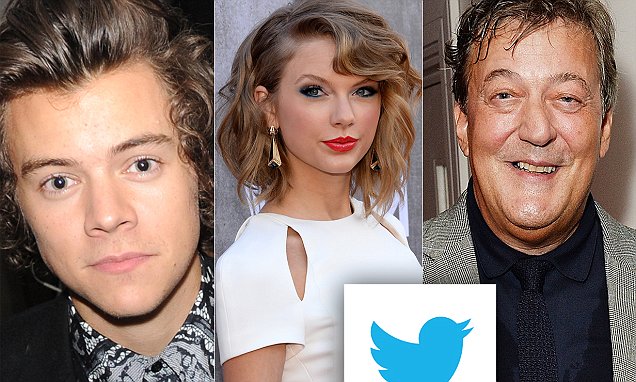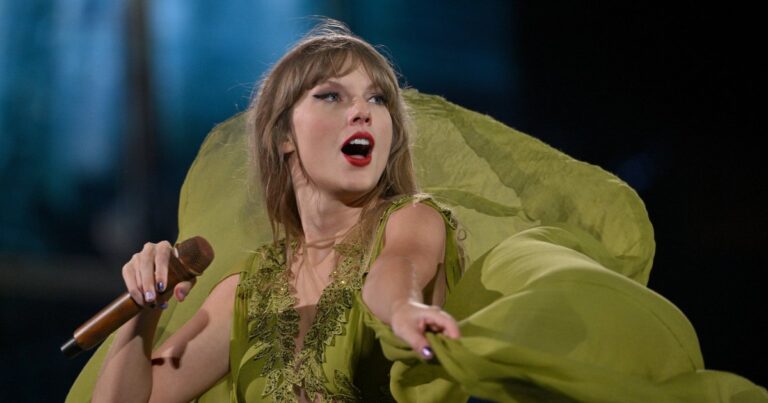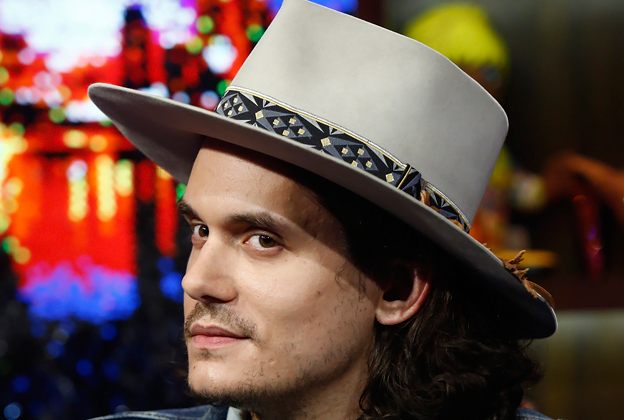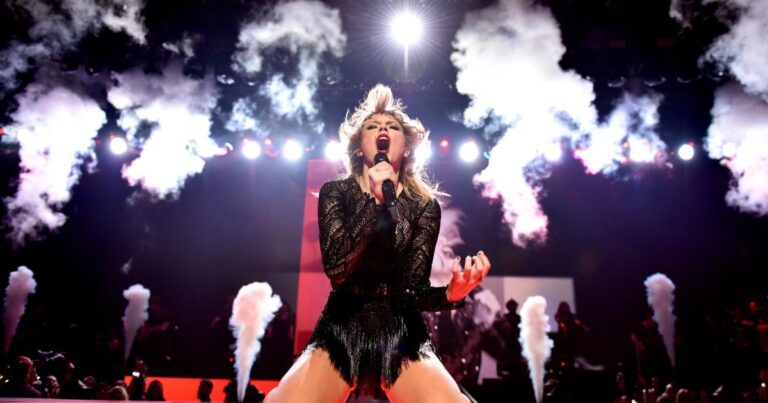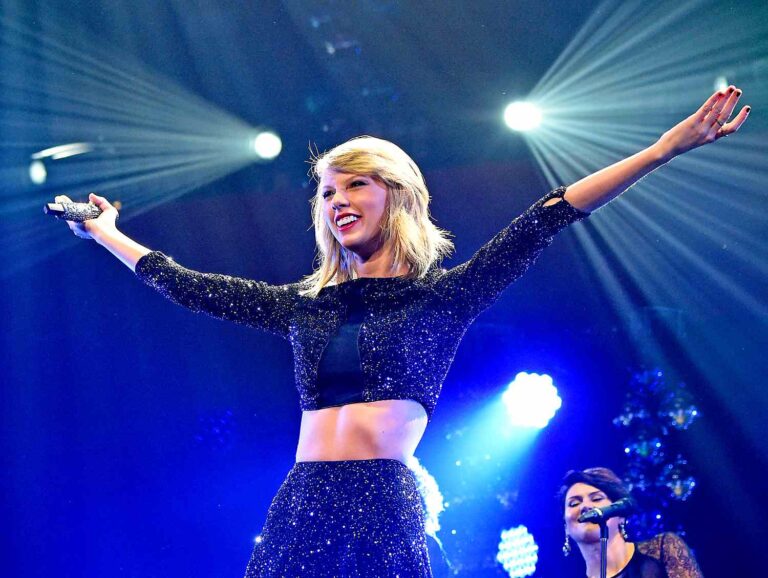Do Harry Styles and Taylor Swift’s Tweets Reveal Celebrity Drama? Find Out How They’re Really Feeling!
Upon first glance, many of us may assume that celebrities and public figures portray themselves as positive and engaging individuals in their public persona. However, recent analysis of their social media presence suggests otherwise. Some of Britain’s well-known personalities are showing a different side of themselves through their tweets, revealing emotions of anxiety, arrogance, and anger to their massive following.
Analyze Words, a website developed by researchers, has provided insight into the emotions behind the tweets of various celebrities and politicians. The tool rates their posts for emotional, social, and personal style, assigning scores for traits such as worry, anger, positivity, and engagement. The results offer a glimpse into the true feelings and personalities of these public figures.
Notable findings include One Direction’s Harry Styles, whose tweets showcase both anger and upbeat emotions. In contrast, Simon Cowell, known for his blunt critiques on The X Factor, comes across as predominantly upbeat and analytical on social media. Taylor Swift, despite her upbeat image, also scores highly for feelings of depression in her recent posts.
Stephen Fry, a renowned comedian and presenter, has been labeled as arrogant or distant based on his tweets, while UKIP leader Nigel Farage surprises with his predominantly positive and upbeat online presence. Madonna, on the other hand, exhibits high levels of anger in her tweets, while Kim Kardashian’s carefully cultivated image as a social media influencer shines through with high scores for being upbeat and plugged in to popular culture.
Interestingly, religious leaders like Pope Francis and the Dalai Lama come across as overwhelmingly positive on social media, while the Archbishop of Canterbury, Justin Welby, scores high for being arrogant or distant in his online interactions. These insights offer a new perspective on how these individuals truly feel and behave beyond their public façades.
Overall, this analysis serves as a reminder that public figures, despite their carefully crafted images, are just as human as the rest of us. Their tweets provide a window into their innermost thoughts and emotions, challenging our perceptions of who they truly are behind the spotlight. It’s a fascinating look at the complexities of fame and public perception in the digital age.

